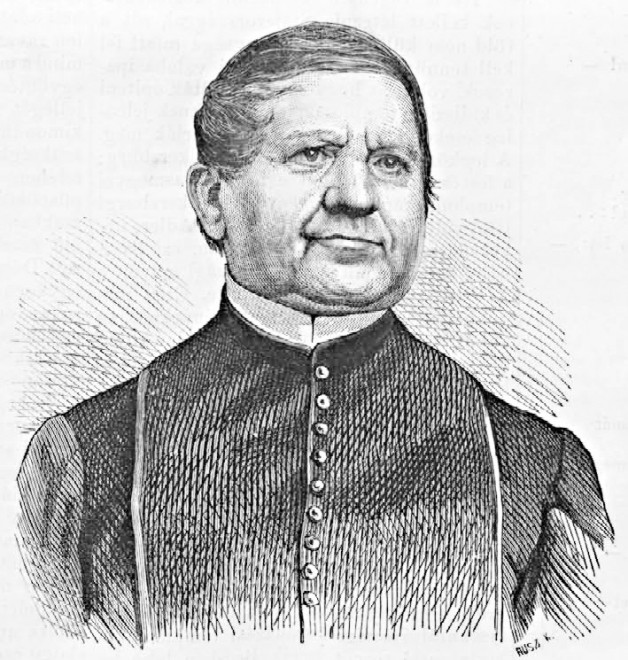1/6
József László Bíró
Bíró was born at the very end of the 19th century, in 1899. While working as a journalist, a revolutionary idea planted its seeds in his mind: he spotted that the ink used in newspaper printing produces less messy results than a fountain pen’s ammo. Bíró teamed up with his chemist brother, György, and together they developed what’s known today as a ballpoint pen, but is often referred to as biro. He presented his invention in 1931, and patented it in 1938. Marcel Bich, the founder of Bic, bought the patent in 1945. Bíró died in Buenos Aires at the age of 86, and, since 1986, Inventors’ Day is celebrated on his birthday in Argentina.
2/6
Ányos Jedlik
Ányos Jedlik, born in 1800, was a true Reneissance man: an inventor, an engineer, a physicist, an author, a Benedictine priest, and, last not least, a member of the Hungarian Academy of Sciences. Like most geniuses, he was way ahead of his time, though his prowess as an inventor remains saddeningly uncelebrated. Jedlik built the first electromotor in 1828, which is kept at the Museum of Applied Arts, and works perfectly to this day. His most important creation, the dynamo, is attributed to Siemens for an odd and confusing reason: Jedlik was mum about it until it was too late.
3/6
János Irinyi
János Irinyi, born in 1817, was a renowned chemist who’s more than worthy of being regarded as the Prometheus of inventors. Without him, lighting a candle could be more dangerous than playing tag with cheetahs, since the formula for producing the noiseless and non-explosive match popped out of his mind at the tender age of 19. Irinyi took part in the Hungarian Revolution of 1848, and was responsible for operating gunpowder and cannon production. According to the legend, he was the one who wrote the 12 points of the Revolutionaries, which enlisted the freedom fighters’ demands.
4/6
Ferenc Puskás
Ferenc Puskás, born in 1927, was one of the greatest football players of all time. He had a legendary left foot, a rare-as-ice-in-the-Sahara feel for the game, and unparalleled smarts. He began to lay down the foundations of his legacy playing for Budapest Honvéd. In 1958, two years after the Revolution, he emigrated to Spain, and became an icon at Real Madrid, where he won three European Cups. Puskás scored 598 goals in 614 matches, was a World Cup silver medalist in 1954, and was recognized as the century’s top scorer in 1995. Hungary’s biggest stadium, located in the 14th district, and FIFA’s most beautiful goal award are named after him.
5/6
Ernő Rubik
Ernő Rubik was born into a family of intellectuals in 1944: his father was a flight engineer, and his mother was a poet. Rubik graduated as an architect, continued his studies in sculpting and interior architecture, and became a professor at the Moholy-Nagy University of Art and Design at the end of the 70s. He came up with the world-famous Rubik’s Cube in 1975, which turned out to be an instant sensation and blossomed into an essential element of pop culture. Nowadays Rubik leads his own studio, and works on video games and in the field of architecture.
6/6
Jenő Rejtő
Jenő Rejtő, born in 1905, was a journalist, a playwright, and a pulp fiction writer, although the often-degrading pulp epithet is more than deceiving in Rejtő’s case. His brilliantly humorous novels written under the alias P. Howard and inspired by his travels take place in the French Foreign Legion, on the seas, in sailor joints, on remote islands, and in mob hideaways. His unforgettable characters include Piszkos Fred (Filthy Fred), a long-bearded troublemaker who’s always two steps ahead of everyone else, and Troppauer Hümér, a Hulk-like legionist writing childishly sentimental poems. According to an urban legend, Rejtő used to pay with manuscripts in his favourite café, which story is commemorated with a mural on Mika Tivadar Pub’s building.










